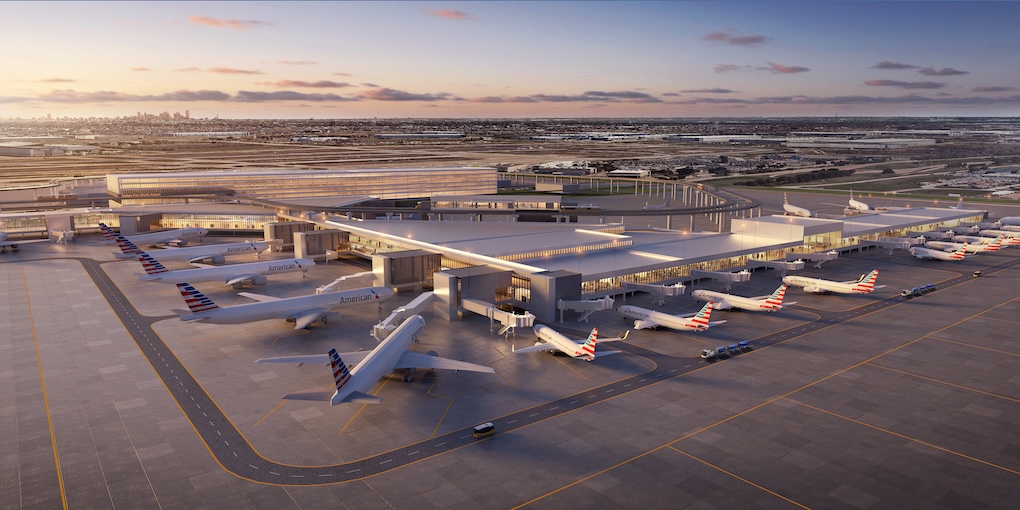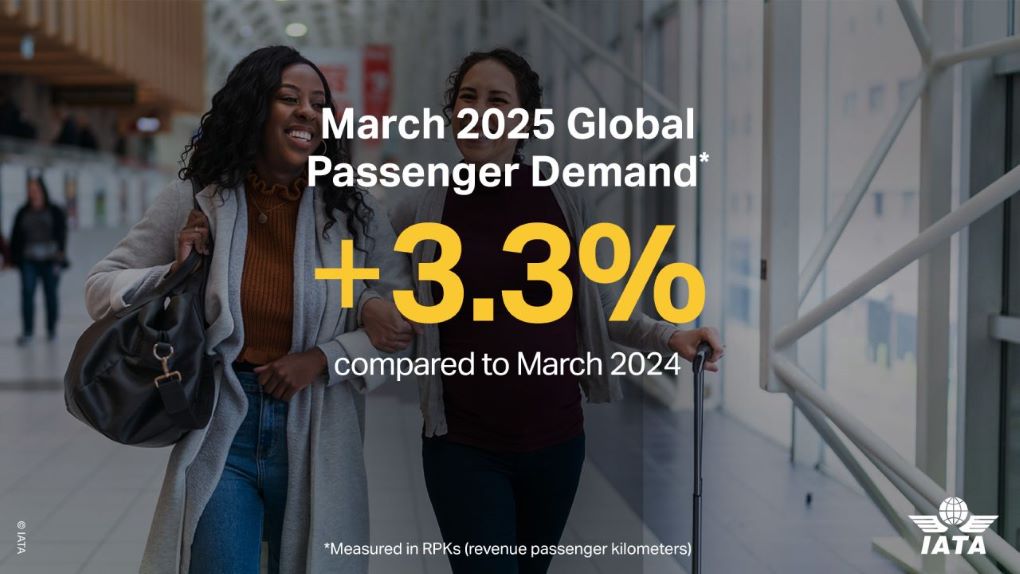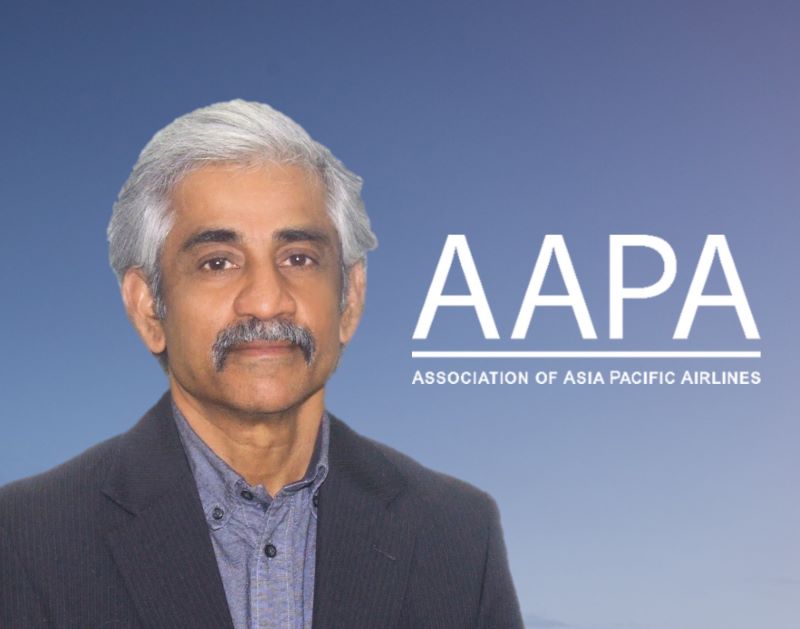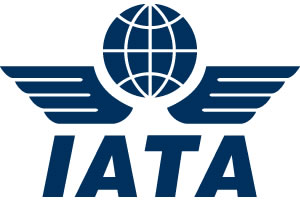 |
SINGAPORE.The complex and conflicting nature of passenger rights legislation is a growing concern for the aviation industry, according to the International Air Transport Association (IATA).
During his keynote address at the Singapore Airshow Aviation Leadership Summit (SAALS) 2014 IATA Director General and CEO Tony Tyler said: “It is fully understandable that governments wish to set some premium guarantees to protect passengers. But the absence of a global framework on passenger rights has seen some 50 countries implement passenger rights regimes.
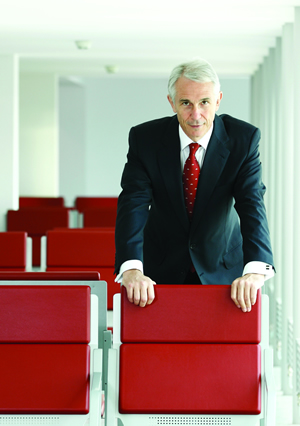 |
“Cleaning this up will not be easy. There is no magic formula for great regulations totally free of unintended consequences.“ |
Tony Tyler Director General and CEO IATA |
“The result is becoming an unimaginable mess of conflicting and overlapping rules. In some cases, rules are so complex that they are unmanageable. In others they conflict with each other. And in the worst case, they are so prescriptive that airlines cannot go the extra mile for their passengers.”
Tyler cited examples of poor regulation, including the US tarmac-delay rule, which he said encourages airlines to cancel flights, and EU 261 flight delay compensation, which he argued discourages regional carriers from making interline agreements.
The remarks follow last week’s European Parliament vote in favour of a draft law which would enshrine several passenger rights across the European Union, including forcing airlines to allow passengers to carry a bag of shopping in addition to their hand luggage allowances.
Tyler admitted that untangling regulations would not be easy. He outlined a set of principles for passenger rights that the IATA endorsed at its last annual general meeting:
• Broad consultation between industry and consumers;
• Rigorous processes for analysing costs and benefits of new regulations;
• Avoiding conflict with global standards (where they exist);
• Harmonising regulations so they don’t conflict with each other; and
• Thinking about what is going to deliver value to the passenger.
Barrier to aviation growth
Tyler also highlighted lack of efficient infrastructure in parts of Asia Pacific, notably India, as well as Europe as one of the key barriers to aviation growth. While he acknowledged that the new terminal at Mumbai is a temporary measure that will provide some relief, he said runway capacity would be a more long-term solution.
In Europe, he argued that two main infrastructure issues are that airports can’t be expanded fast enough and the failure of state governments to implement Single European Sky, which he said could deliver €5 billion of efficiencies and get passengers to their destination in less time and with fewer delays.
[houseAd5]


